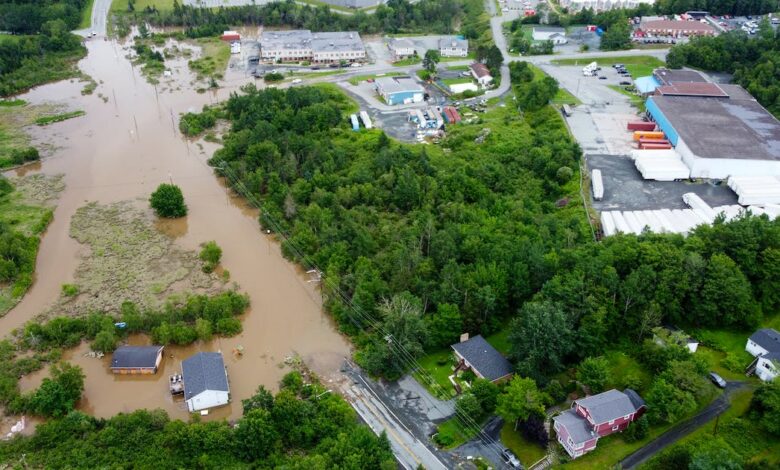New Halifax growth strategy adds more housing, better climate emergency planning

Halifax Regional Municipality’s growth strategy will soon see key additions and changes in response to feedback from hundreds of residents in recent months.
For one, there will be more emphasis on providing housing options and being able to deal more effectively with fires, floods and other climate-related events.
HRM’s draft regional plan lays out a new direction and policies for how growth and development should take place. It was launched in 2020 in response to significant pressures caused by population growth, housing shortages and climate-related events.
After the draft plan was approved by Halifax regional council in June, it was sent to public consultations for review.
Regional council was told Tuesday the results of a four-month blitz of online and in-person meetings and engagement sessions, held in urban, suburban and rural areas, are reflected in the adjustments and amendments proposed.
Leah Perrins, Halifax’s manager of regional planning, told councillors the feedback was “generally supportive” of the key policies and objectives in the draft regional plan.
But there were also concerns, notably about an urgent need for more housing, including affordable housing. Many said housing should be the cornerstone of HRM’s planning strategy.
Concerns were also raised about the rapid pace of growth across the region. Population projections show the municipality is on track to double its population to around one million people in the next 25 to 30 years.
This rate of growth far exceeds previously anticipated population projections. In fact, HRM has surpassed the 2014 regional plan’s 2031 population projection already this year.
“There are significant pressures on our services and infrastructure, and we need to find ways to move quickly to respond to this rapid growth,” Perrin told council.
Options pitched during the consultations included land lease communities, clustered developments, tiny homes, co-operative housing and community land trusts, the report states.
Some people also raised concerns about the rise in homelessness across HRM and called for more 24-hour shelters and other housing options and social supports for the unhoused.
Another key theme was the need to make climate change and environmental protection foundational pillars of the growth strategy.
In particular, residents called for better mapping and data collection for watersheds, wetlands and floodplains.
With growth in mind, residents also pushed for better planning for transit and active transportation.
More escape routes in cases of flooding and fires also came up.
Coun. Pam Lovelace said her constituents are particularly concerned about being able to get in and out of their subdivisions after flooding in Hammonds Plains and wildfires in the Upper Tantallon-Hammonds Plains areas this summer prompted emergency evacuations.
She also questioned city staff on how the next and final phase of this new regional plan will progress and what will change as a result of the new strategy.
Perrins said the role of the plan is to set an overall vision for how the municipality should grow, including how development should be co-ordinated in regional centres as well as in suburban and rural communities.
The municipality is preparing a list of proposed changes and additions to the draft plan, including clearer descriptions of the future work required to respond to flood risk, as well as policies that place greater emphasis on emergency planning, including emergency egress and wildfire mitigation best practices.
In response to calls for more housing options, city staff noted regional council directed them in September to speed up changes to HRM planning documents to allow HRM to access part of Ottawa’s $4-billion housing accelerator fund, a program that aims to fast-track housing construction to municipalities that cut red tape.
Public feedback on housing concerns will be used to inform these changes and a city community planning team is working on a separate package of amendments to support this work, Perrin said.



